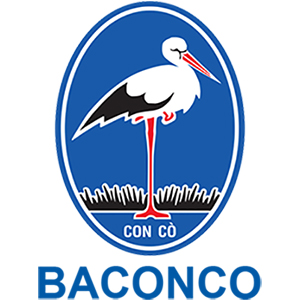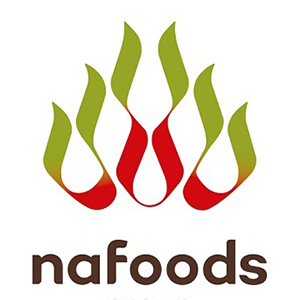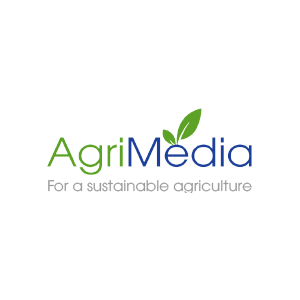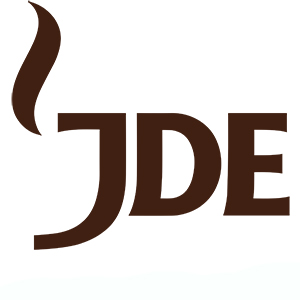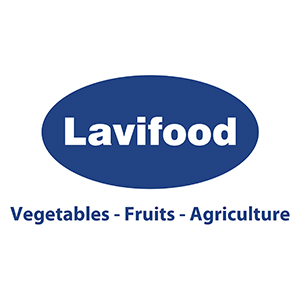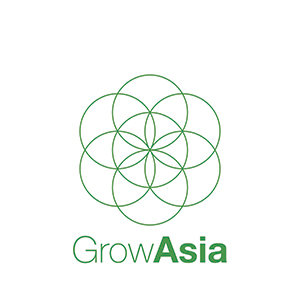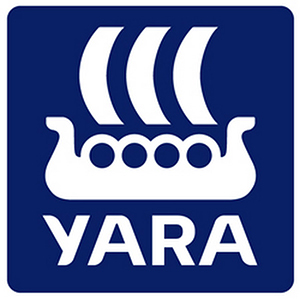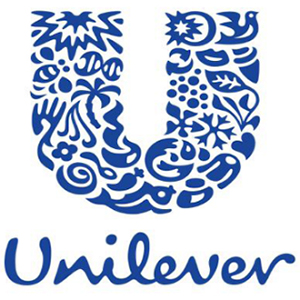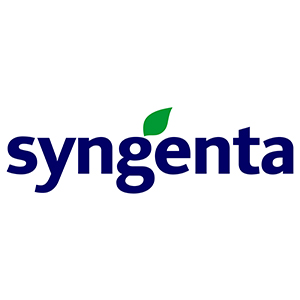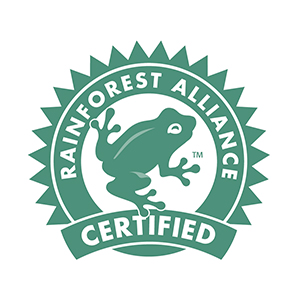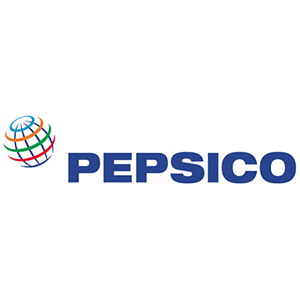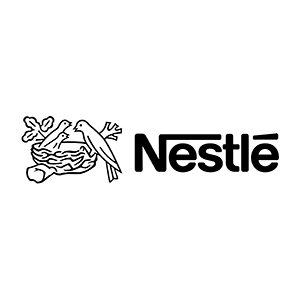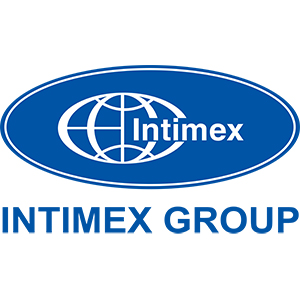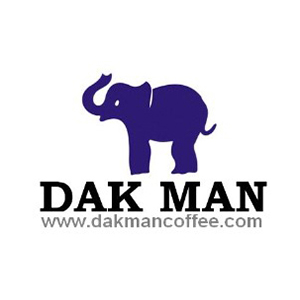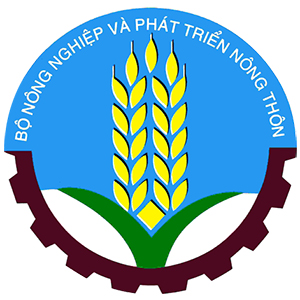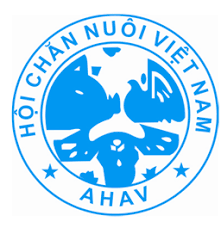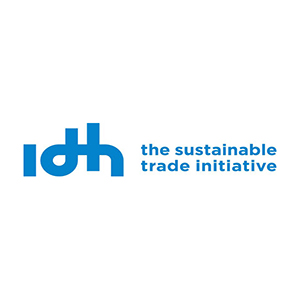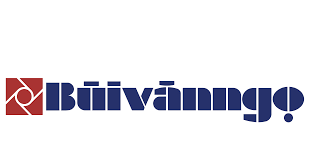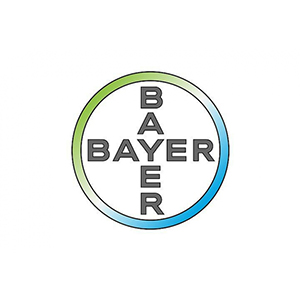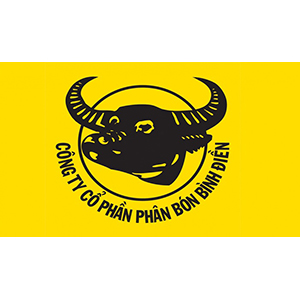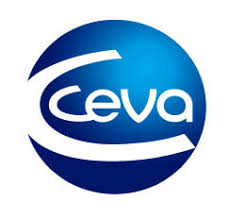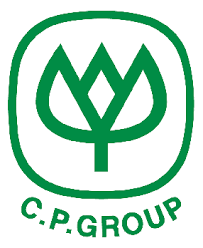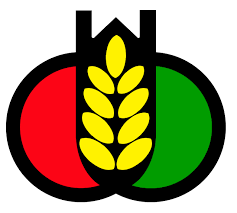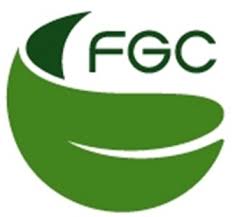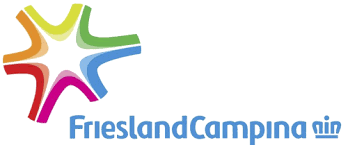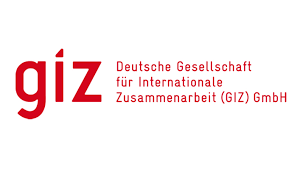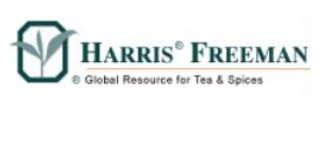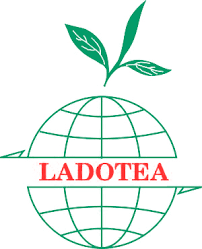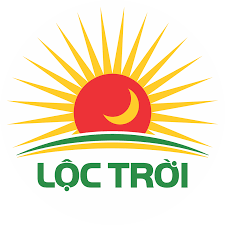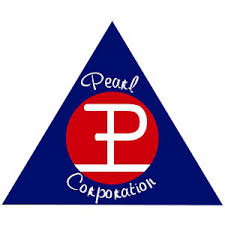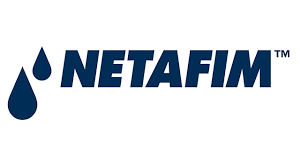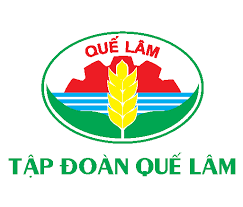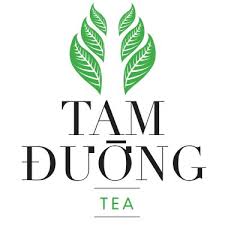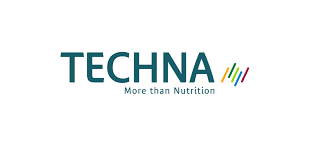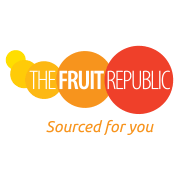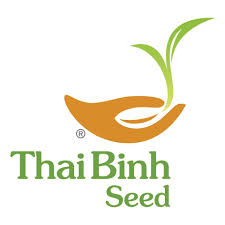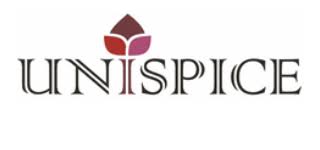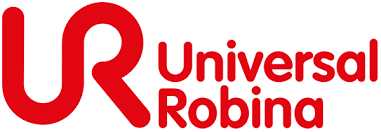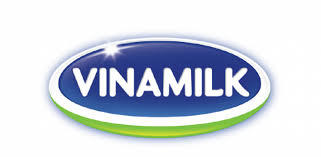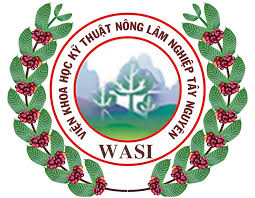- Giới thiệu
- Nhóm Công tác
- Tin tức
- Thông tin về FTA
- Tài Liệu
- Sự kiện
- Liên hệ
Export value of vegetables and fruits in the last 7 months of 2020 was at almost 2 billion USD
According to the Ministry of Agriculture and Rural Development, the export value of vegetables and fruits in the past 7 months reached nearly US$ 2 billion, down 12.3% over the same period in 2019. Import value of vegetables and fruits in the past 7 months reached US$ 708 million, down 37.7% over the same period in 2019. The United States, China, and Australia are the three largest suppliers of imported fruits and vegetables to Viet Nam.
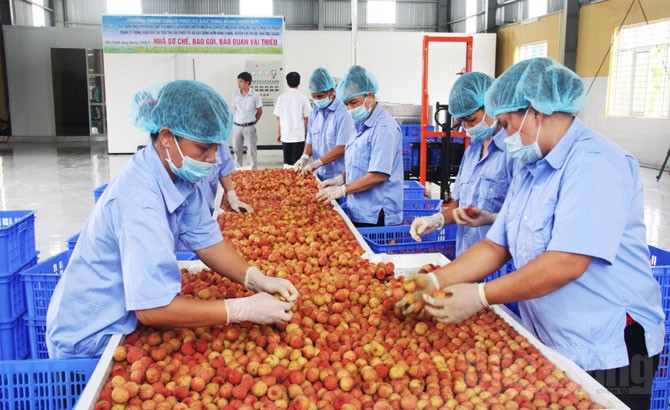
China ranks the largest importer of vegetables and fruits from Viet Nam with over 59% of the export market share of Viet Nam. Except for China and Singapore, which are two markets, the export value of which decreased by over 29% and nearly 1% respectively; the remaining markets, most of which have increased export value such as Korea increased 25.5% and accounted for 4.6% market share; Thailand increased by 234%, accounting for 4.5%; The United States increased by nearly 10%, accounting for 4.4%; Japan increased by 13%.
According to the Ministry of Agriculture and Rural Development, the export value of vegetables and fruits decreased due to the decline in some products; in which, dragon fruit - the product with the highest market share (34% of total export value), decreased by 6%; banana decreased by 9.5%; durian decreased by 71%; watermelon 38.5% lower.
This year's lychee season in some Northern provinces like Bac Giang, the output and revenue increased strongly compared to last year. Only Bac Giang province, revenue from Lychee reached 5,140 billion Dong, increased 107.76% over the same period last year. The average price of lychee in 2020 was 31,200 VND / kg.
The total consumption of lychee reached 164,700 tons, an increase of 109% compared to 2019. The main export markets were China and exports to some other markets such as Japan, the United States, EU, Singapore, South Korea, Thailand, Australia, Canada ...
The Ministry of Agriculture and Rural Development said that, according to information from the Vietnam Consulate General in Nanning (Guangxi, China), the Guangxi government is strictly implementing the management regime of goods consumed at markets, supermarkets; Strengthening inspection of required papers.
Those are certification of quality standards, certification of origin, and purchase invoices for agricultural products used as food. It is prohibited buying, selling, storing foods that are not in compliance with food safety standards; in cases of trading imported food, quarantine documents by the customs authority must be provided.
In addition, from 1 July, all Vietnamese means of transport entering China must buy vehicle insurance.
On the issue of opening markets for durian and sweet potato products to the Chinese market, Mr. Hoang Trung, Director General of the Plant Protection Department, Ministry of Agriculture and Rural Development, said that all technical dossiers related to the above two products were sent to China for pest risk assessment (PRA). On that basis, they will inform the requirements for phytosanitary measures.
“If there was no COVID-19, Viet Nam would have invited Chinese experts to assess the growing area as well as the production measures that need to be applied according to Chinese requirements. However, due to the pandemic, the Department is working with the General Department of Customs of China to send experts to Viet Nam when possible” said Mr. Hoang Trung.
In addition to dispatching experts to Vietnam, Mr. Hoang Trung said the Department also proposed to consider another option, which is an online PRA together with the technical report. On the basis of technical reports and online images, the Chinese side can consider allowing Vietnam to export these two products.
Domestically, the Plant Protection Department has sent technical teams to durian and sweet potato growing areas to review, evaluate and code the growing area as well as the packing facility for advance preparation so that when Chinese experts come, they can evaluate the stages to enable export of these two products at the earliest.
Tin liên quan
PSAV Attends the 30th Anniversary Celebration of Cargill Vietnam2025/10/23
Plant health management helps increase coffee yield up to 15%2025/10/16
An Giang to host 2025 OCOP forum for sustainable development2025/09/25
Viet Nam and France foster cooperation on blue economy and sustainable environment2025/09/29
Agriculture and Environment exhibition ready for National celebration2025/08/27



 Điều lệ hoạt động
Điều lệ hoạt động
